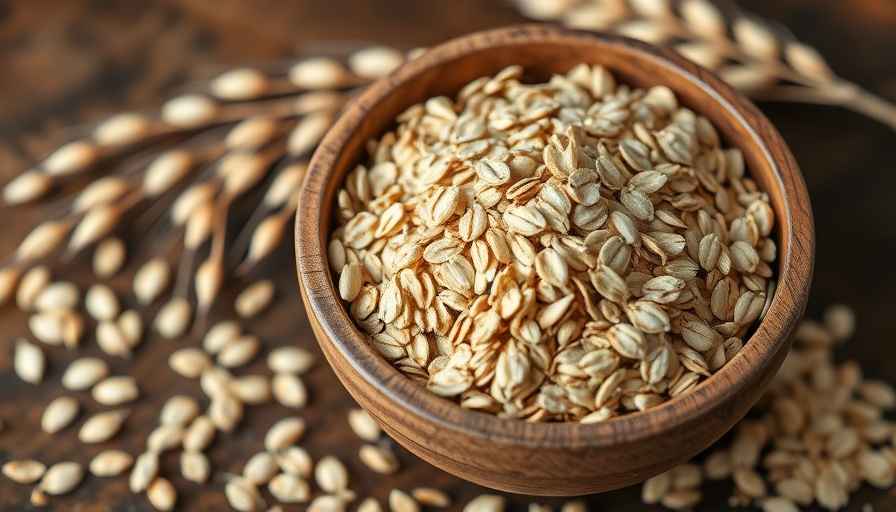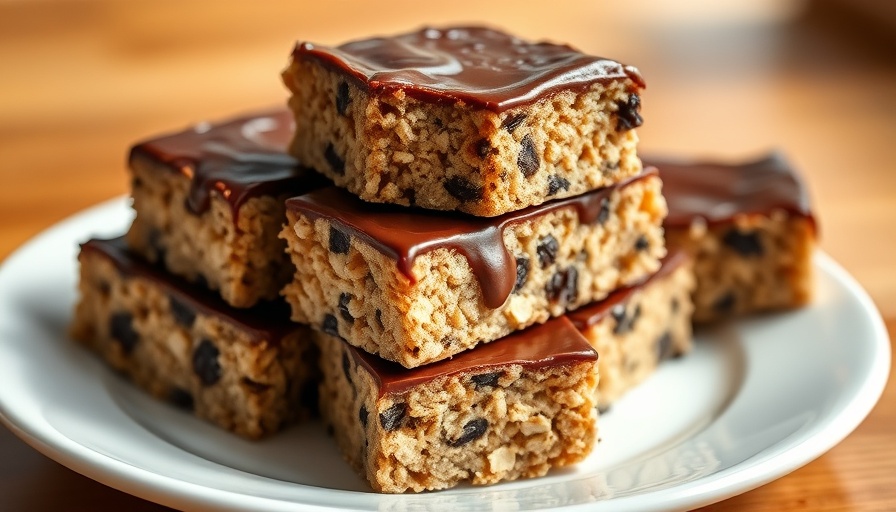
Unveiling the Benefits of Oats for Your Health
Oats are a staple in many Canadian kitchens, and for good reason. This versatile grain has numerous health advantages that can positively influence various aspects of your diet. From lowering cholesterol to managing blood sugar, oats are more than just a breakfast option—they're a pathway to improved well-being.
Are Oats Effective for Lowering Cholesterol?
Yes, oats can significantly support heart health by lowering cholesterol levels. They are rich in beta-glucan, a soluble fiber that acts like a sponge in your digestive system. By binding to and helping to remove low-density lipoprotein (LDL), often referred to as “bad” cholesterol, oats can lead to a reduction in cholesterol levels. This means that simply including two servings of oats in your diet can potentially lower your cholesterol by approximately 3%, enhancing overall cardiovascular health.
Understanding Oats and Gluten Sensitivity
Another common question is whether oats are suitable for those with gluten sensitivities or celiac disease. While oats are naturally gluten-free, cross-contamination can occur during farming or processing. For those with celiac disease, it’s essential to opt for oats specifically labeled as “gluten-free” to ensure safe consumption. These products undergo rigorous testing to prevent any gluten contamination.
How Oats Aid in Blood Sugar Management
For individuals managing diabetes or those looking to maintain stable energy levels, oats can be a beneficial component of their diet. Oats have a low to medium glycemic index, which allows for slower digestion compared to many grains. This slow breakdown means they can help stabilize blood sugar levels and prevent the energy dips often associated with high-sugar foods.
Feeling Full: Oats and Weight Management
If you're looking to manage your weight, oats can be a helpful ally. Thanks to their high fiber content, they expand when mixed with water, providing a sense of fullness that can reduce the likelihood of snacking. This satiety can make it easier to control food intake throughout the day, supporting weight management efforts effectively.
The Nutritional Powerhouse: What Oats Provide
Beyond being an excellent source of fiber, oats are packed with nutrients essential for overall health. They contain vital vitamins and minerals, including iron, B vitamins, and magnesium. For instance, just a half-cup of dry oats can provide around 20% of your daily iron needs. Pairing oats with dairy or other protein sources can further enhance their nutritional profile and create a complete meal.
Are Oats Genetically Modified?
In today's food landscape, many people are concerned about genetically modified organisms (GMOs). Fortunately, oats currently on the market are not genetically modified. Canadian oat varieties are bred using traditional methods, helping maintain the integrity and nutritional value of this staple grain.
Glyphosate Safety in Oats: What You Should Know
Another question that often arises is about glyphosate, a widely used herbicide. Canadian oat growers prioritize the safety and quality of their products, ensuring that glyphosate, if used, remains within the strict safety regulations set by Health Canada. This means that any residual glyphosate in oats is at levels far below what is deemed safe for consumption.
Taking Action: Incorporating Oats into Your Diet
Now that you're familiar with the many advantages of oats, how can you incorporate them into your daily routine? Start by adding a bowl of oatmeal to your breakfast, or consider oats in smoothies and baking. They can also be used as a topping for yogurt or in homemade granola, giving you delicious ways to enjoy their health benefits.
Final Thoughts on Oats and Well-Being
The knowledge of oats as a healthful choice highlights their versatility in the kitchen and their ability to contribute positively to health. By embracing oats as part of your diet, you're taking a step towards better health, whether it's by lowering cholesterol, managing blood sugar, or achieving weight management goals. So why not take advantage of this nutrient-packed grain and explore the many delicious ways to incorporate oats into your meals?
 Add Row
Add Row  Add
Add 




Write A Comment